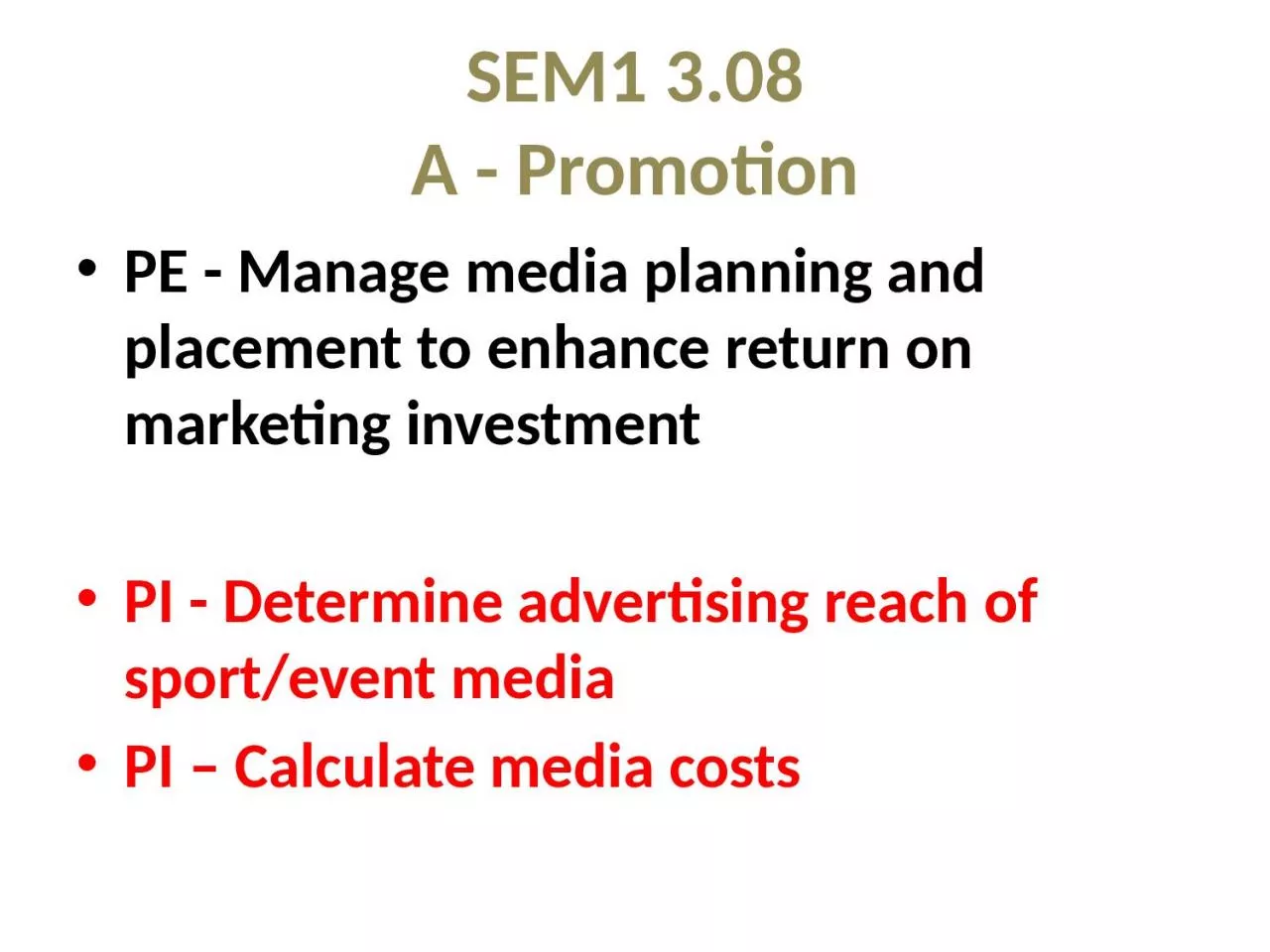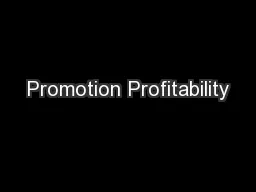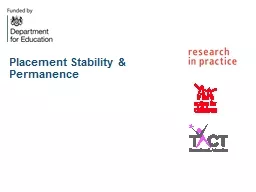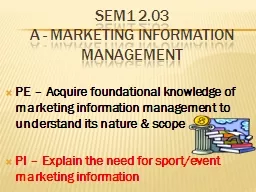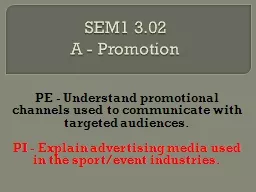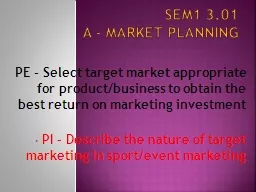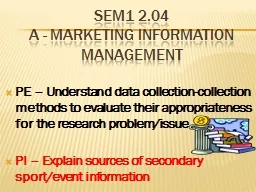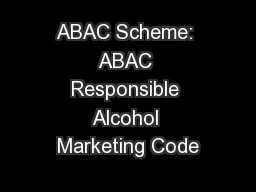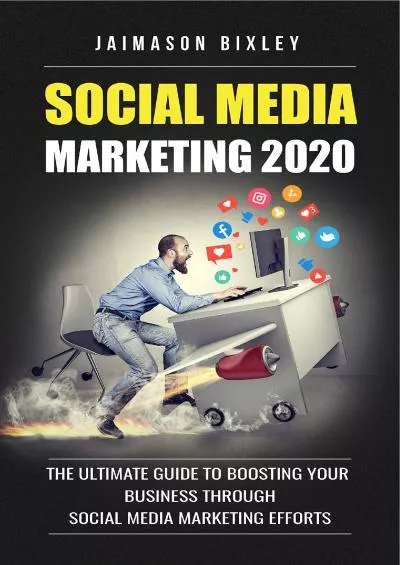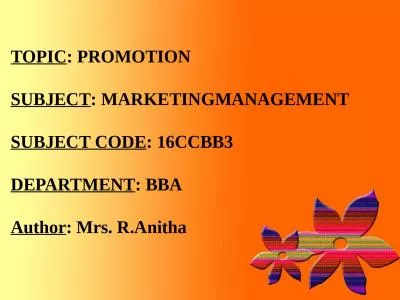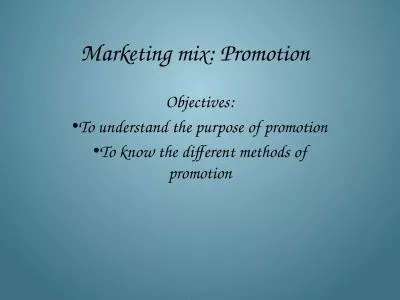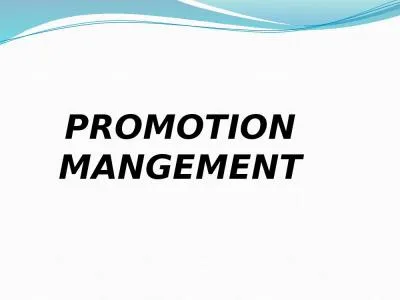PPT-SEM1 3.08 A - Promotion PE - Manage media planning and placement to enhance return on
Author : Shadowlord | Published Date : 2022-07-28
PI Determine advertising reach of sportevent media PI Calculate media costs Advertising Reach amp Frequency Reach and frequency are both quantitative measures
Presentation Embed Code
Download Presentation
Download Presentation The PPT/PDF document "SEM1 3.08 A - Promotion PE - Manage medi..." is the property of its rightful owner. Permission is granted to download and print the materials on this website for personal, non-commercial use only, and to display it on your personal computer provided you do not modify the materials and that you retain all copyright notices contained in the materials. By downloading content from our website, you accept the terms of this agreement.
SEM1 3.08 A - Promotion PE - Manage media planning and placement to enhance return on: Transcript
Download Rules Of Document
"SEM1 3.08 A - Promotion PE - Manage media planning and placement to enhance return on"The content belongs to its owner. You may download and print it for personal use, without modification, and keep all copyright notices. By downloading, you agree to these terms.
Related Documents

